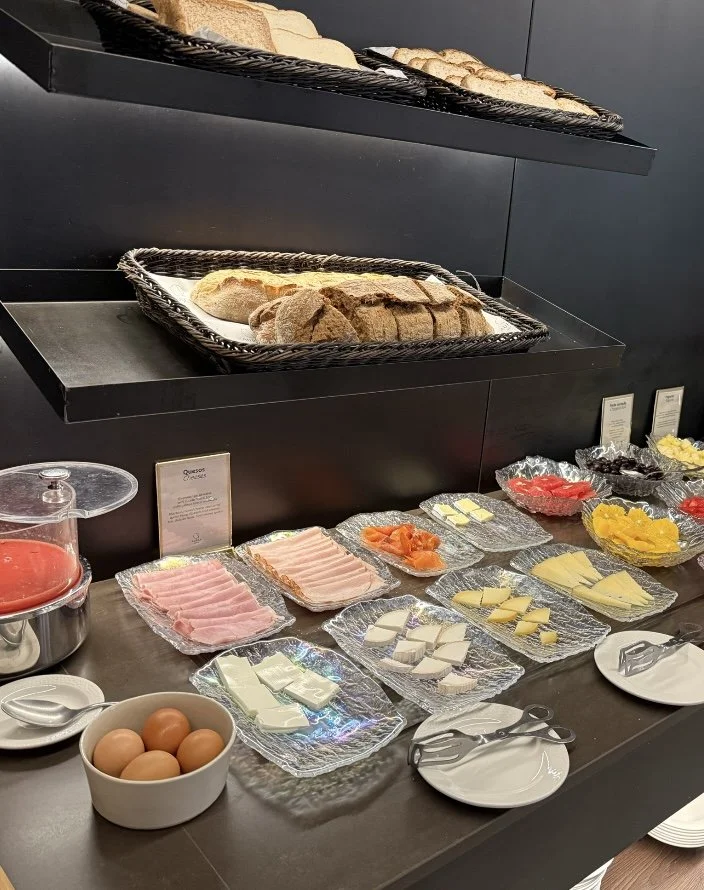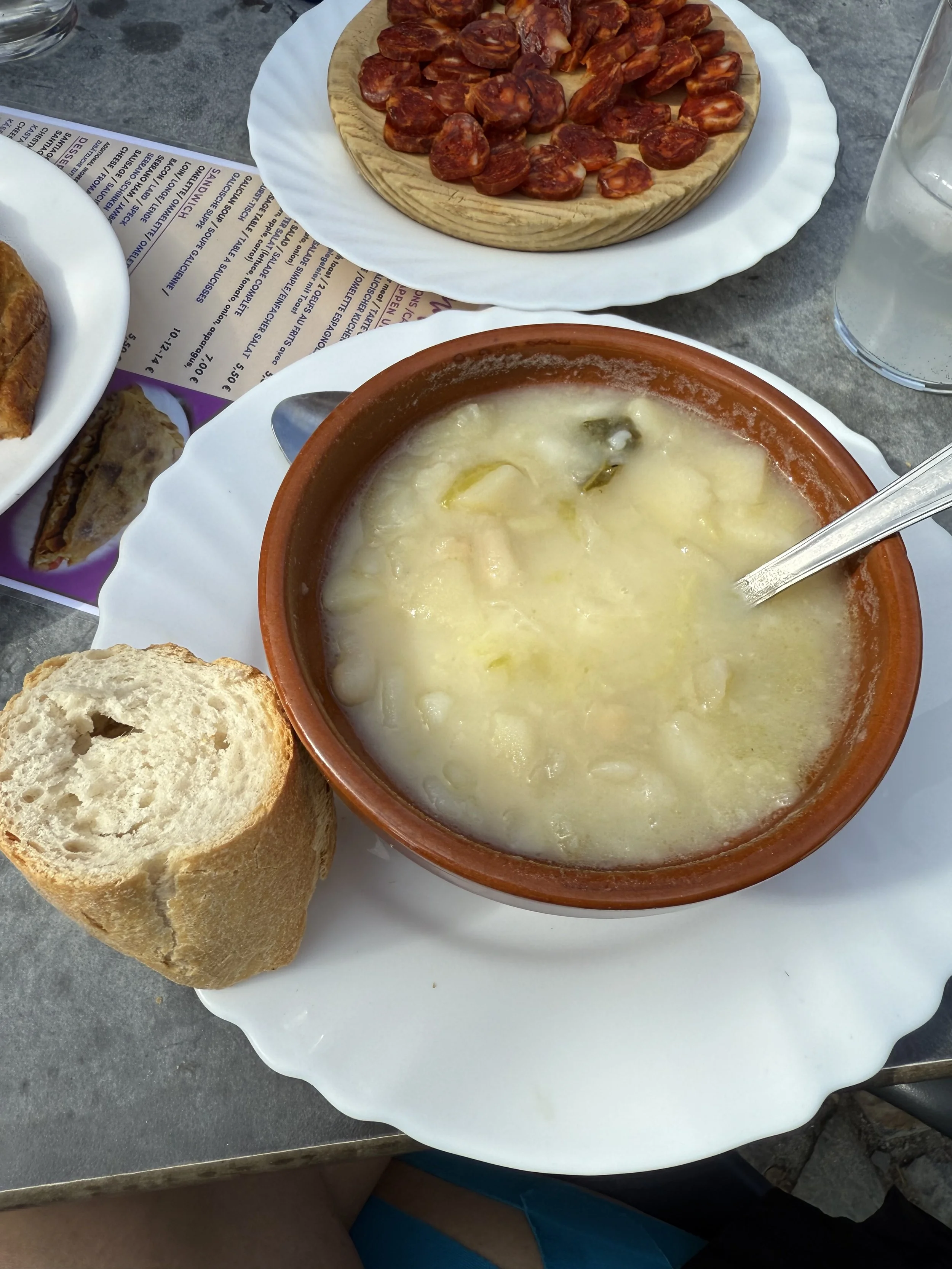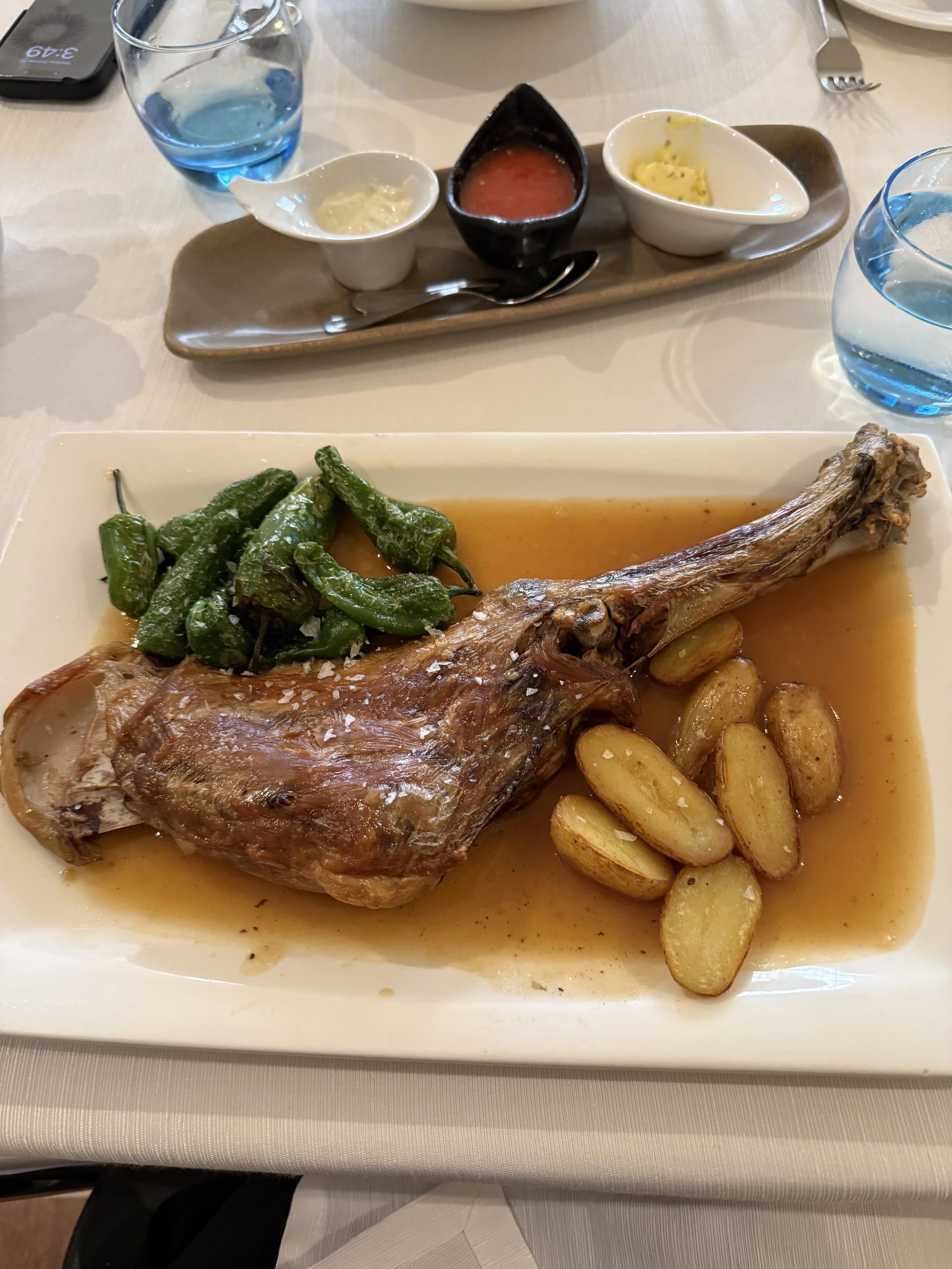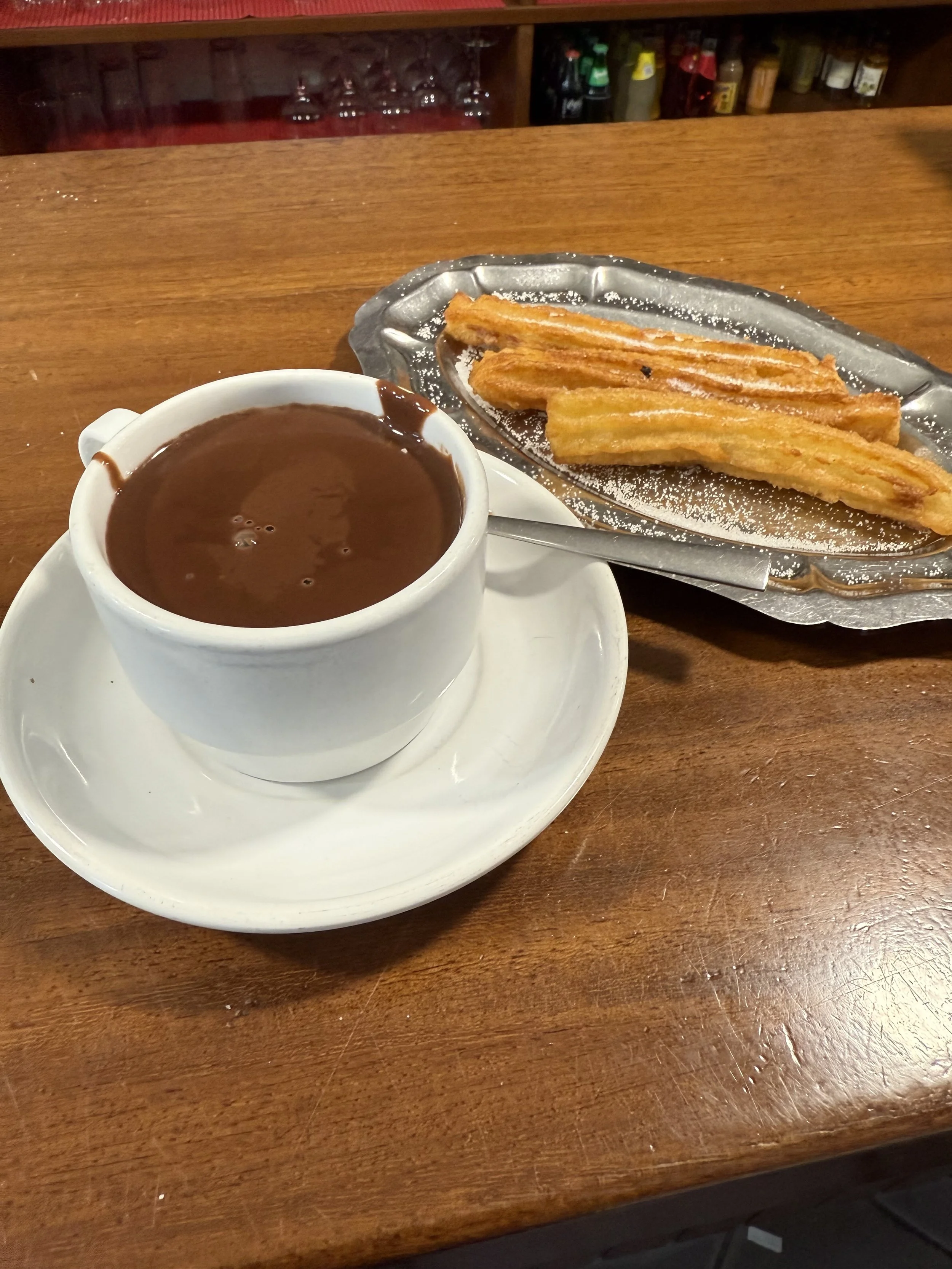How to Eat Healthy While Walking the Camino: Nutrition Tips for Pilgrims
Why Nutrition Matters on the Camino
The Camino isn’t just a walk in the park. Depending on your route, you might cover 10–20 miles (16–32 km) per day for several weeks straight. That’s a serious endurance event!
Your body will burn through calories quickly, and without proper nutrition, you might experience:
Fatigue and low energy
Muscle soreness or cramps
Weakened immune system, making you more susceptible to colds
Slower recovery, leaving you feeling drained
By eating well, you’ll not only have the energy to keep going—you’ll also enjoy the journey more and reduce the risk of injuries like tendonitis or shin splints.
Breakfast buffets like this are very rare along the trail. When you find one, it’s quite the luxury.
Common Food Options on the Camino
Before we dive into healthy strategies, it helps to understand what’s typically available along the Camino. While each region has its specialties, here’s what you’ll commonly find:
Breakfast (Desayuno)
Coffee or tea
Fresh bread or toast with butter and jam
Fresh orange juice
Sometimes cheese, ham, or yogurt
Lunch (Almuerzo)
Bocadillos (Spanish sandwiches) with ham, cheese, or tortilla (Spanish omelet)
Fresh fruit like apples, oranges, or bananas
Nuts and trail mix
Occasional salads or soups in larger towns
Dinner (Cena)
Pilgrim menus: Three-course meals including soup or salad, meat or fish with potatoes, bread, dessert, and wine
Grilled vegetables, seafood, and local specialties
Vegetarian and vegan options are becoming more available but may require some planning ahead
Tip: If you have dietary restrictions (gluten-free, dairy-free, vegetarian, etc.), learn key Spanish phrases to explain your needs.
Example:
“Soy alérgico/a al gluten.” (I am allergic to gluten.)
”¿Tiene opciones sin lácteos?” (Do you have dairy-free options?)
Or, I said “sin gluten”, which means no gluten and “sin lactose”, which means no lactose. Everyone was able to understand. However, the options were very limited.
Related post: Training for the Camino de Santiago: A 12-Week Walking Plan
Galician soup, gluten free bread and sliced chorizo.
FOLLOW THE CAMINO CHRONICLES
FACEBOOK: THE CAMINO CHRONICLES
Healthy Eating Strategies for Pilgrims
Walking the Camino is like running a marathon every day, so your food choices should support stamina and recovery. Here’s how to keep your nutrition on track:
1. Start the Day with a Balanced Breakfast
Your morning meal sets the tone for the day. Choose foods that provide steady energy:
Protein: Eggs, Greek yogurt (if you tolerate dairy), or nut butter
Complex carbs: Whole grain toast, oatmeal, or fruit
Healthy fats: Nuts, seeds, or avocado
Example breakfast: Two boiled eggs, a banana, a handful of almonds, and a cup of coffee. Again, options can be very limited on the trail.
2. Snack Smart Along the Way
Small, frequent snacks keep your energy up without overloading your stomach. Pack easy-to-carry, nutrient-dense foods like:
Mixed nuts or trail mix
Dried fruit
Energy bars (look for low sugar, high protein options)
Fresh fruit
Rice cakes or gluten-free crackers
Related post:Exploring Santiago de Compostela: What to Do After You Finish Your Camino
3. Stay Hydrated
Dehydration can sneak up on you, especially on hot, sunny days.
Carry a reusable water bottle and refill often. Or carry a backpack with a water bladder.
Add electrolyte tablets or powders if you’re sweating heavily.
Avoid too much caffeine or alcohol, which can dehydrate you.
4. Build a Healthy Pilgrim Menu Dinner
When you sit down for a hearty dinner after a long day, balance is key:
Protein: Grilled chicken, fish, lentils, or beans for muscle recovery
Vegetables: Aim to fill at least half your plate
Carbs: Potatoes, rice, or bread for glycogen replenishment
Healthy fats: Olive oil, nuts, or avocado
If dessert is included, enjoy it!
A splurge for birthday dinner. It was delicious!
Get Your Gifts and Gear Here
5. Plan for Dietary Restrictions
If you have specific needs:
Carry a few emergency snacks that are safe for you.
Use apps like HappyCow to find vegetarian, vegan, or allergy-friendly restaurants. However, along the trail, options will be very limited at times, so plan ahead.
Learn to read Spanish menus and ingredient labels.
Related post: The Best Footwear for the Camino de Santiago: Hiking Boots vs. Trail Runners
Sample Day of Healthy Camino Eating
Here’s a simple meal plan you can follow (when possible, you don’t always have much of a choice):
Breakfast:
Two hard-boiled eggs, a slice of whole-grain toast, an orange, and coffee
Morning Snack:
Trail mix with almonds, cashews, and dried cranberries
Lunch:
A tortilla bocadillo (egg omelet sandwich), apple, and sparkling water
Dinner:
Grilled salmon, roasted vegetables, a small portion of potatoes, and a side salad with olive oil dressing
Bonus Tips for Eating Well on the Camino
Listen to your body – Cravings often signal what your body needs.
Eat slowly – Give your digestion time to work, especially after long walking days.
Enjoy local foods – Part of the Camino’s magic is experiencing regional specialties in moderation.
Prep ahead – Pack snacks the night before to avoid rushing in the morning.
Practice mindful eating – Savor each bite and appreciate the moment.
This is a delicious local classic, chocolate and churros. It’s a wonderful treat!
Conclusion: Nourish Your Body, Nourish Your Journey
Walking the Camino de Santiago is as much about inner nourishment as it is about physical endurance. By making thoughtful food choices, you’ll fuel your body, support your health, and fully enjoy the rich culinary experience that Spain has to offer.
Remember, eating healthy on the Camino doesn’t mean perfection. It’s about balance—giving your body the energy it needs while also savoring those memorable meals with fellow pilgrims.
For more tips on preparation and self-care, check out:
Camino Foot Care: Preventing Blisters & Injuries for a Comfortable Pilgrimage
Training for the Camino de Santiago: A 12-Week Walking Plan
How to Choose the Best Camino Route: Camino Francés vs. Camino Portugués vs. Camino del Norte
Buen Camino, my friend—and may every step be fueled with strength, gratitude, and joy!
Renae



